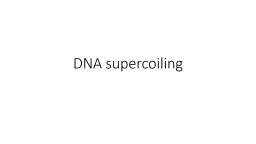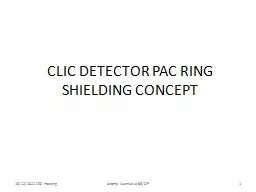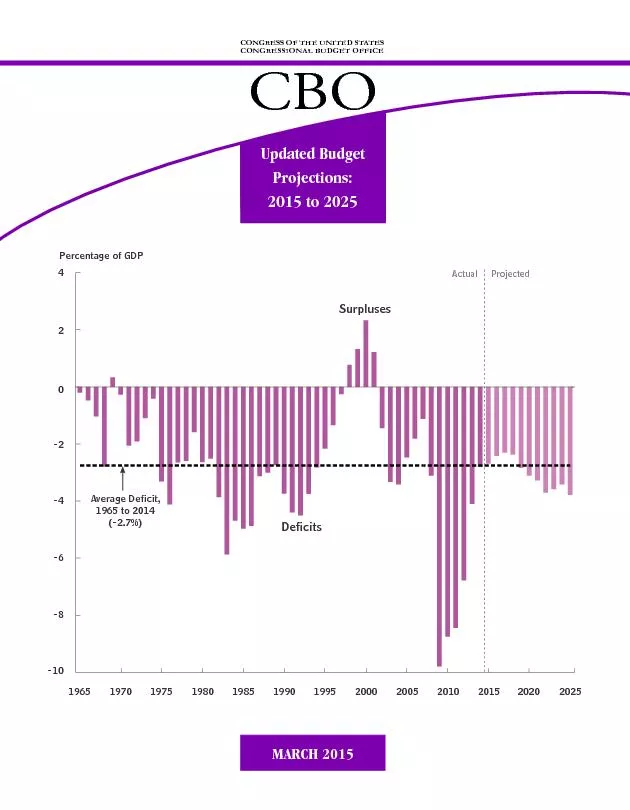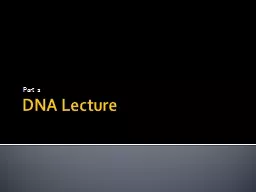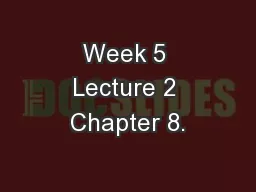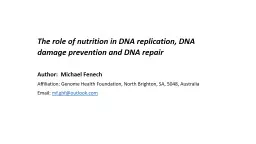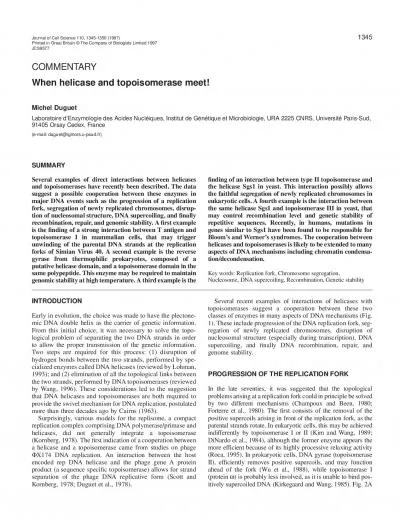PPT-DNA supercoiling Jerome Vinograd, 1965
Author : loaiatdog | Published Date : 2020-06-17
sedimentation equilibrium experiments with viral DNA circular DNAs can exist in two distinct forms differing in buoyant density supercoiled compact and relaxed
Presentation Embed Code
Download Presentation
Download Presentation The PPT/PDF document "DNA supercoiling Jerome Vinograd, 1965" is the property of its rightful owner. Permission is granted to download and print the materials on this website for personal, non-commercial use only, and to display it on your personal computer provided you do not modify the materials and that you retain all copyright notices contained in the materials. By downloading content from our website, you accept the terms of this agreement.
DNA supercoiling Jerome Vinograd, 1965: Transcript
Download Rules Of Document
"DNA supercoiling Jerome Vinograd, 1965"The content belongs to its owner. You may download and print it for personal use, without modification, and keep all copyright notices. By downloading, you agree to these terms.
Related Documents

